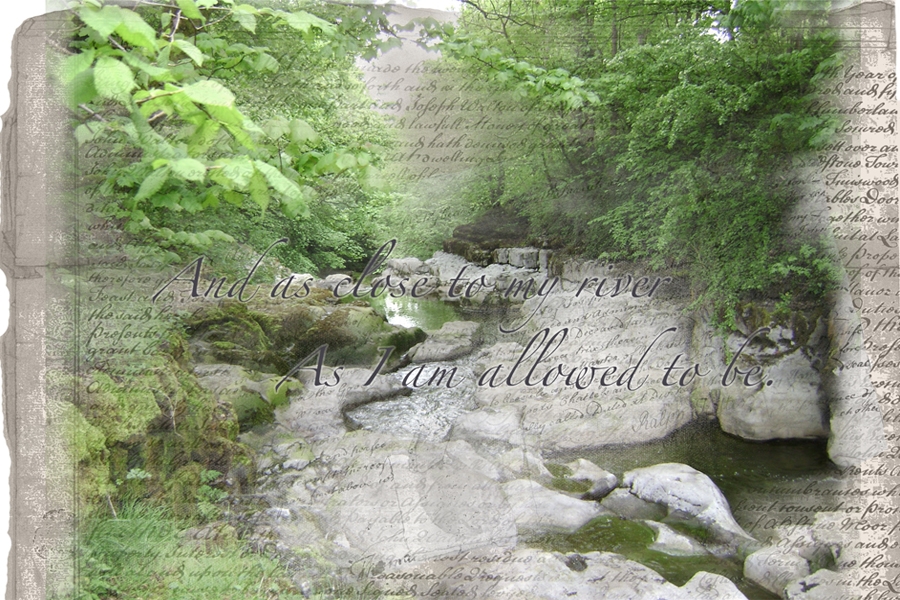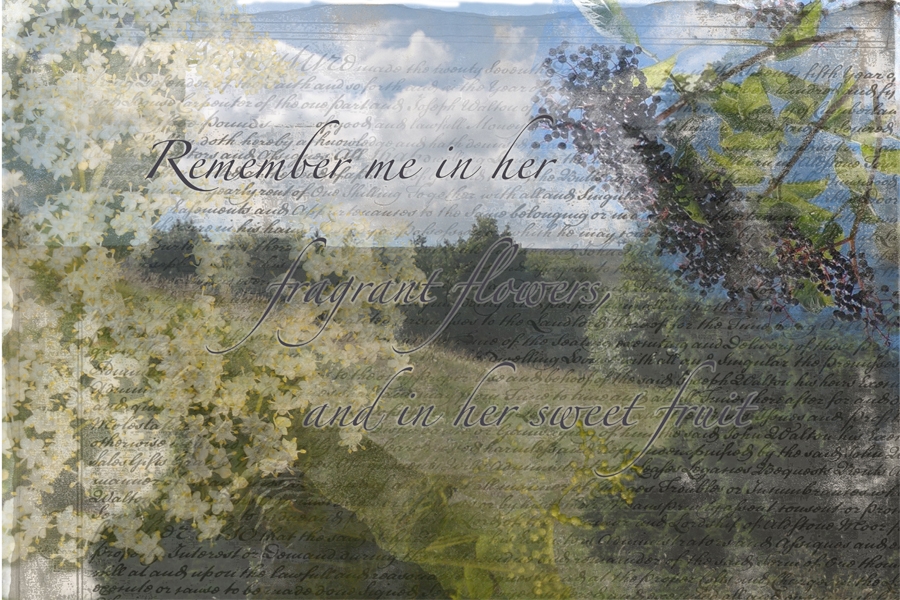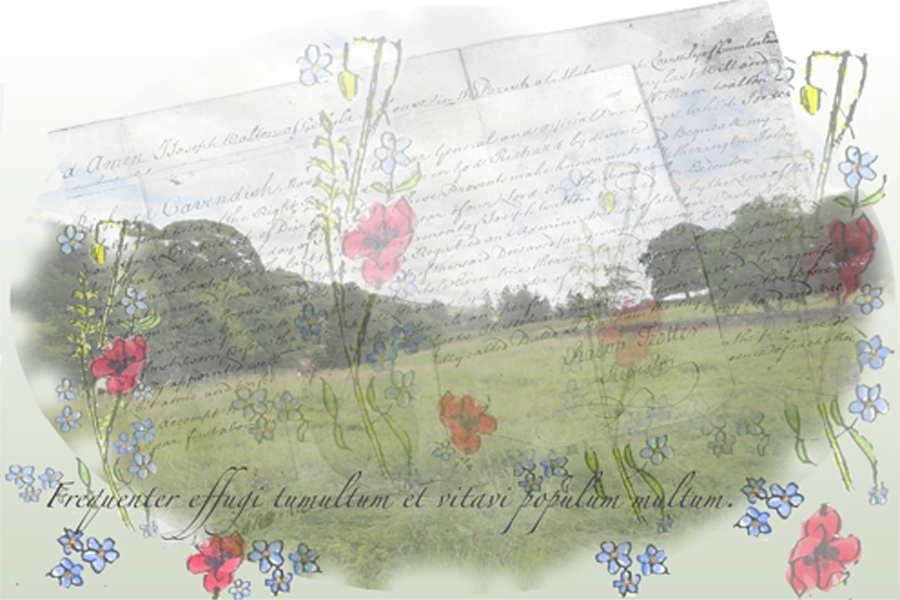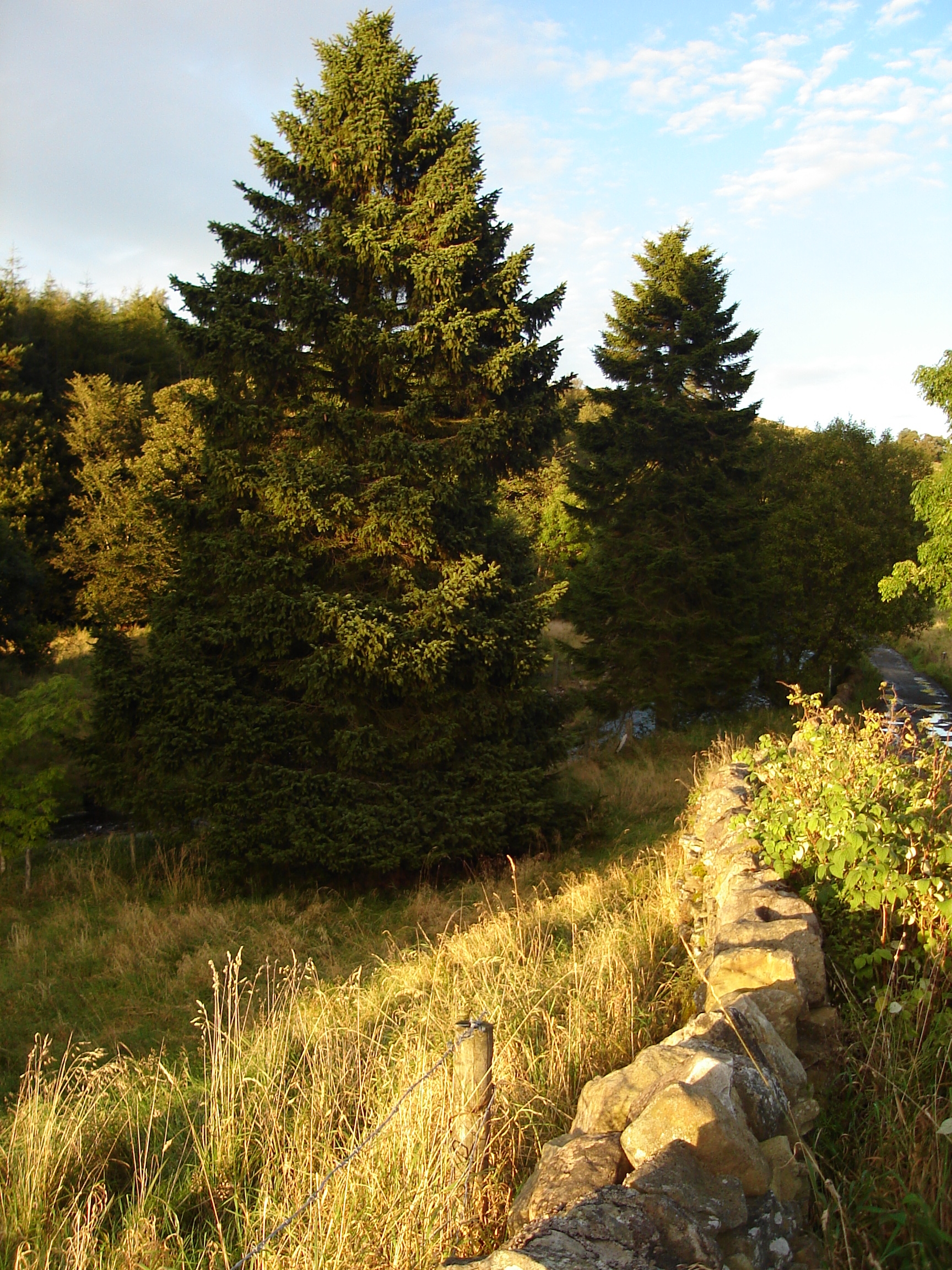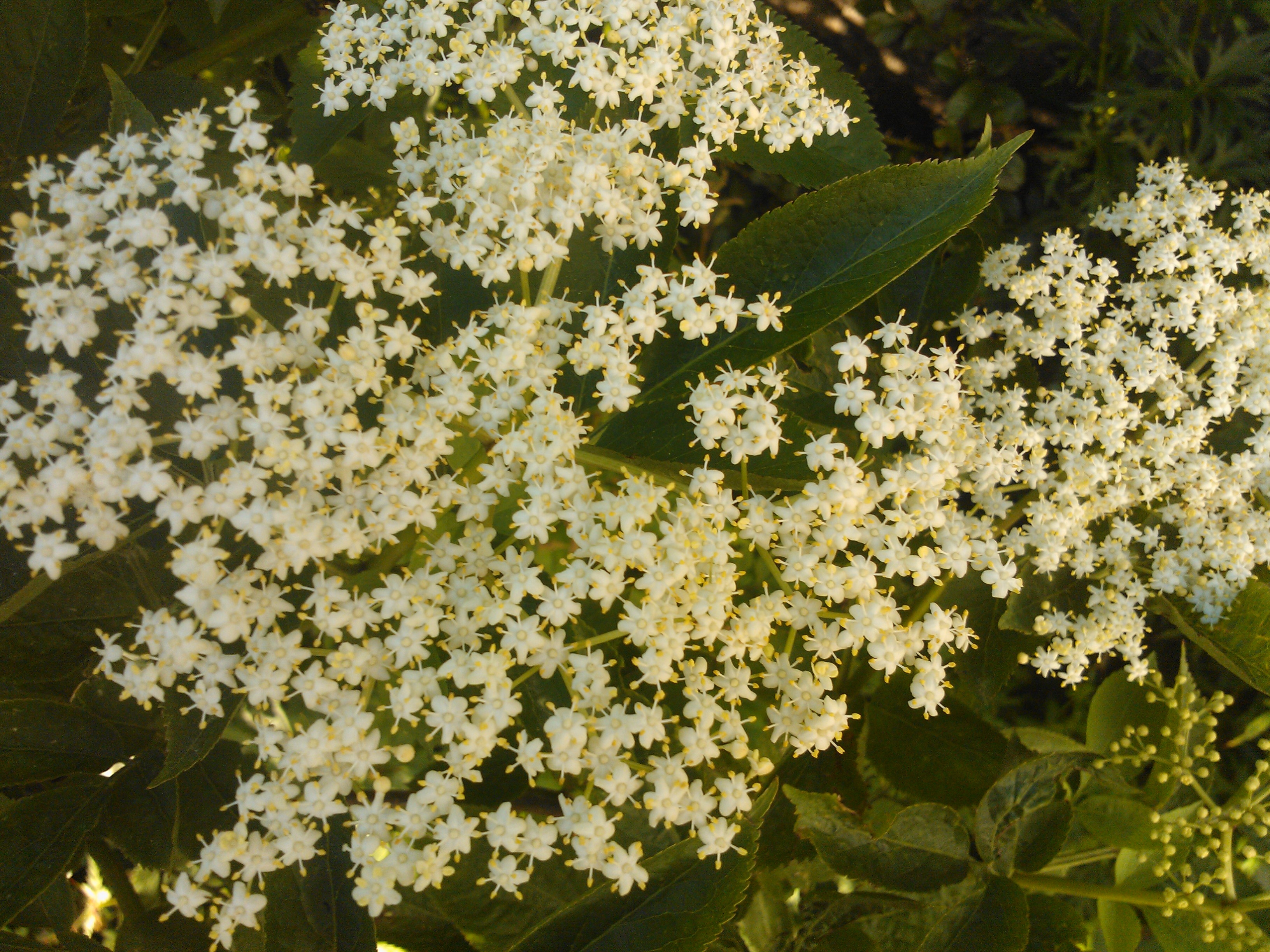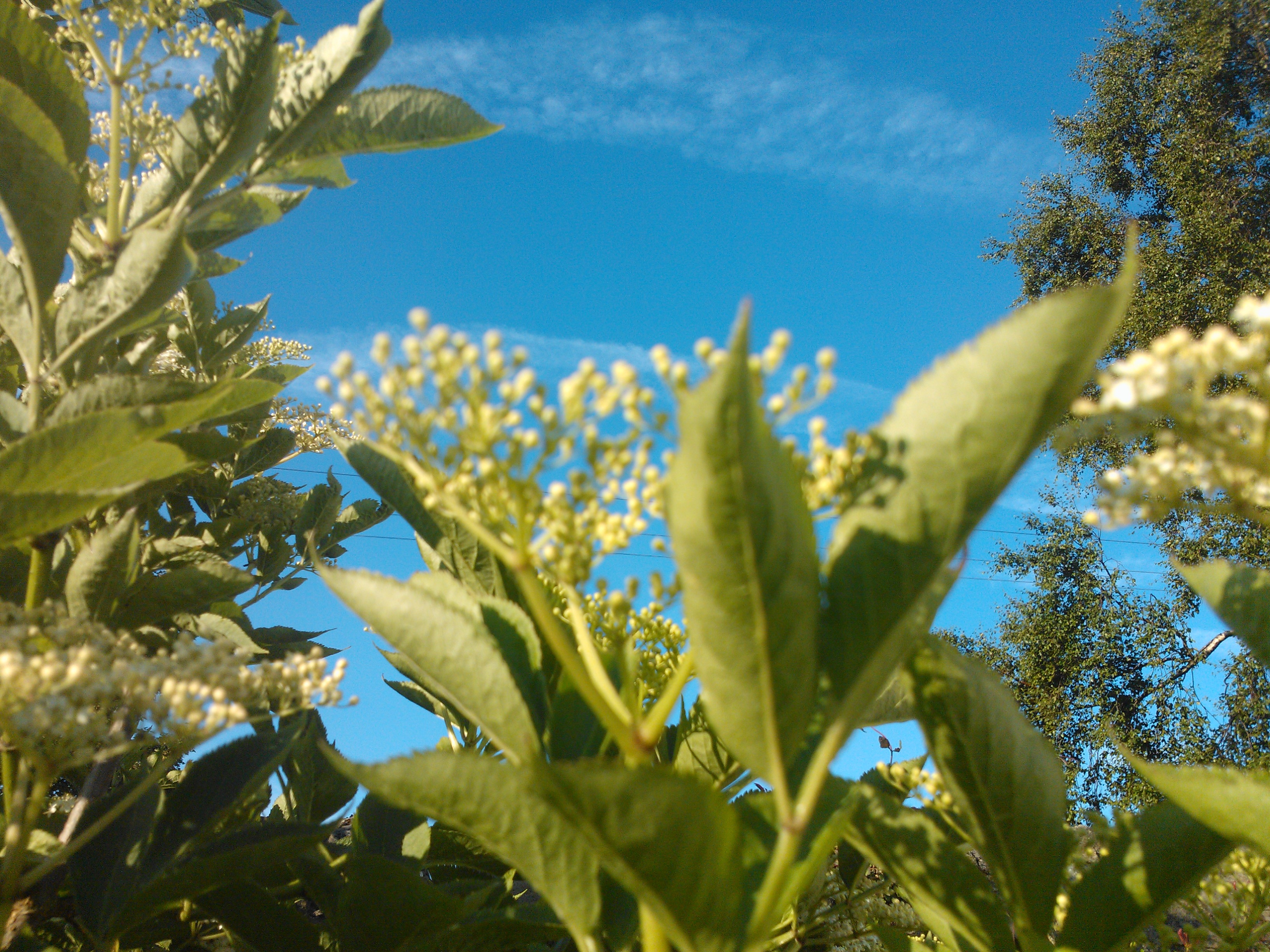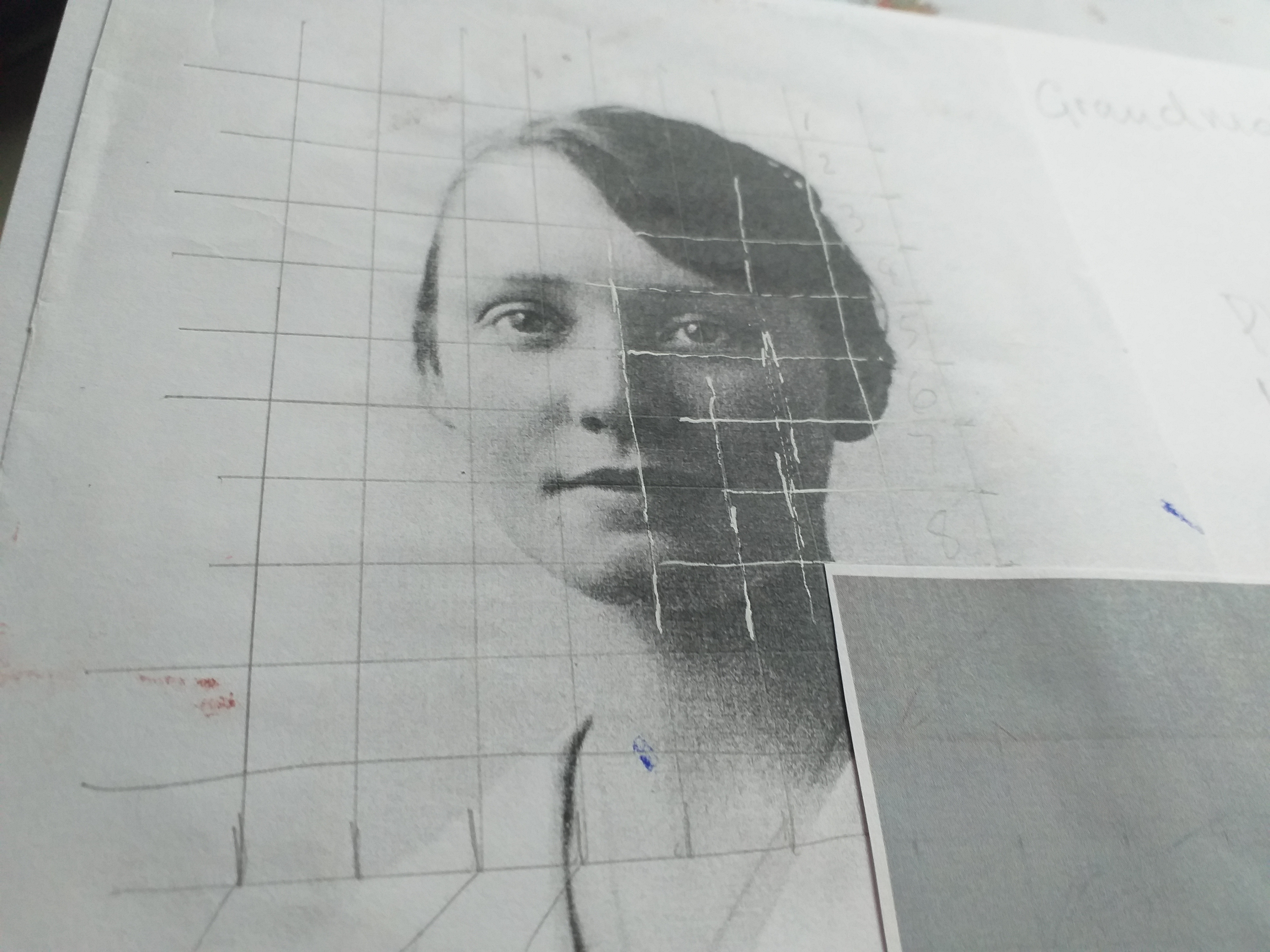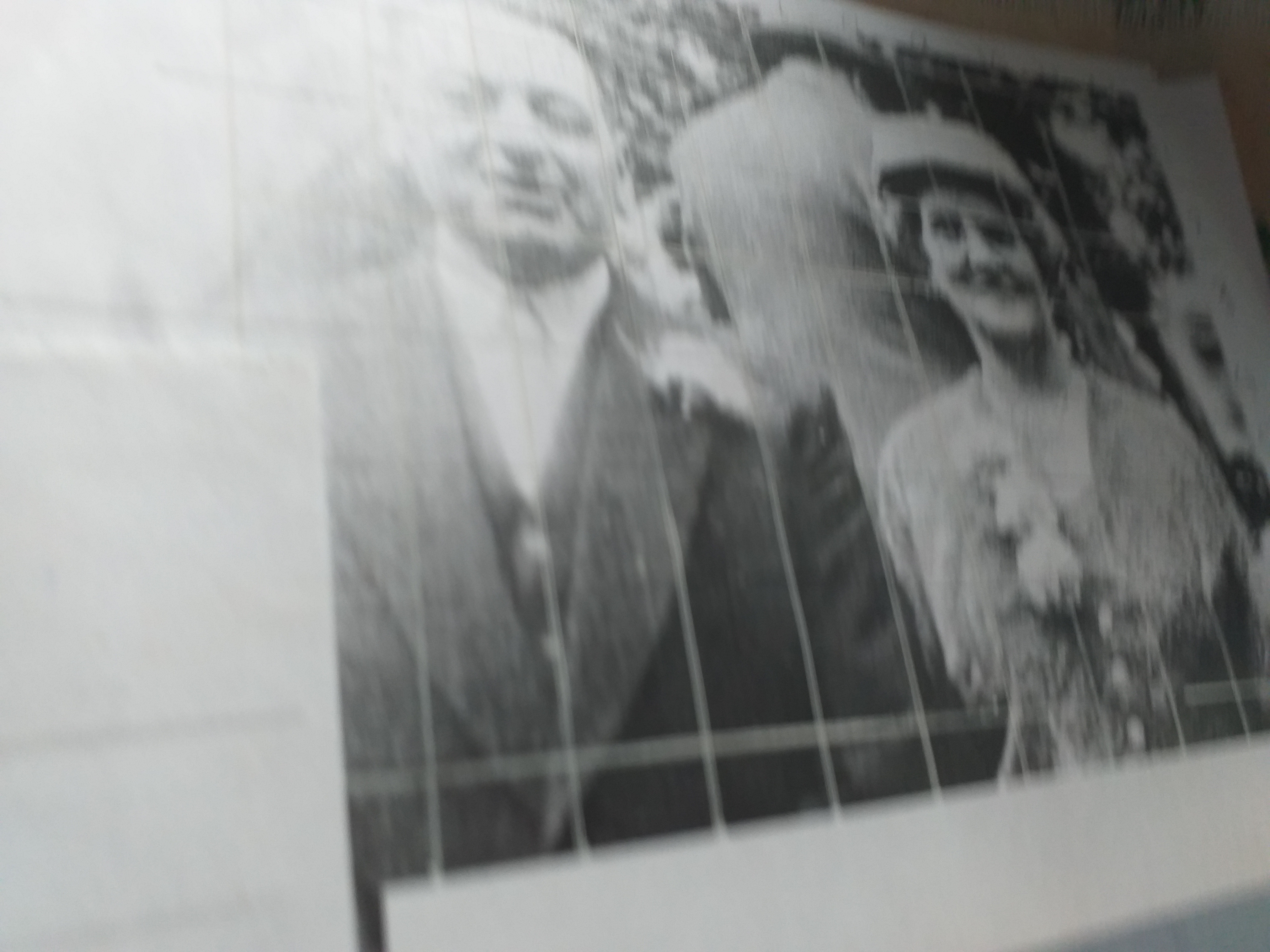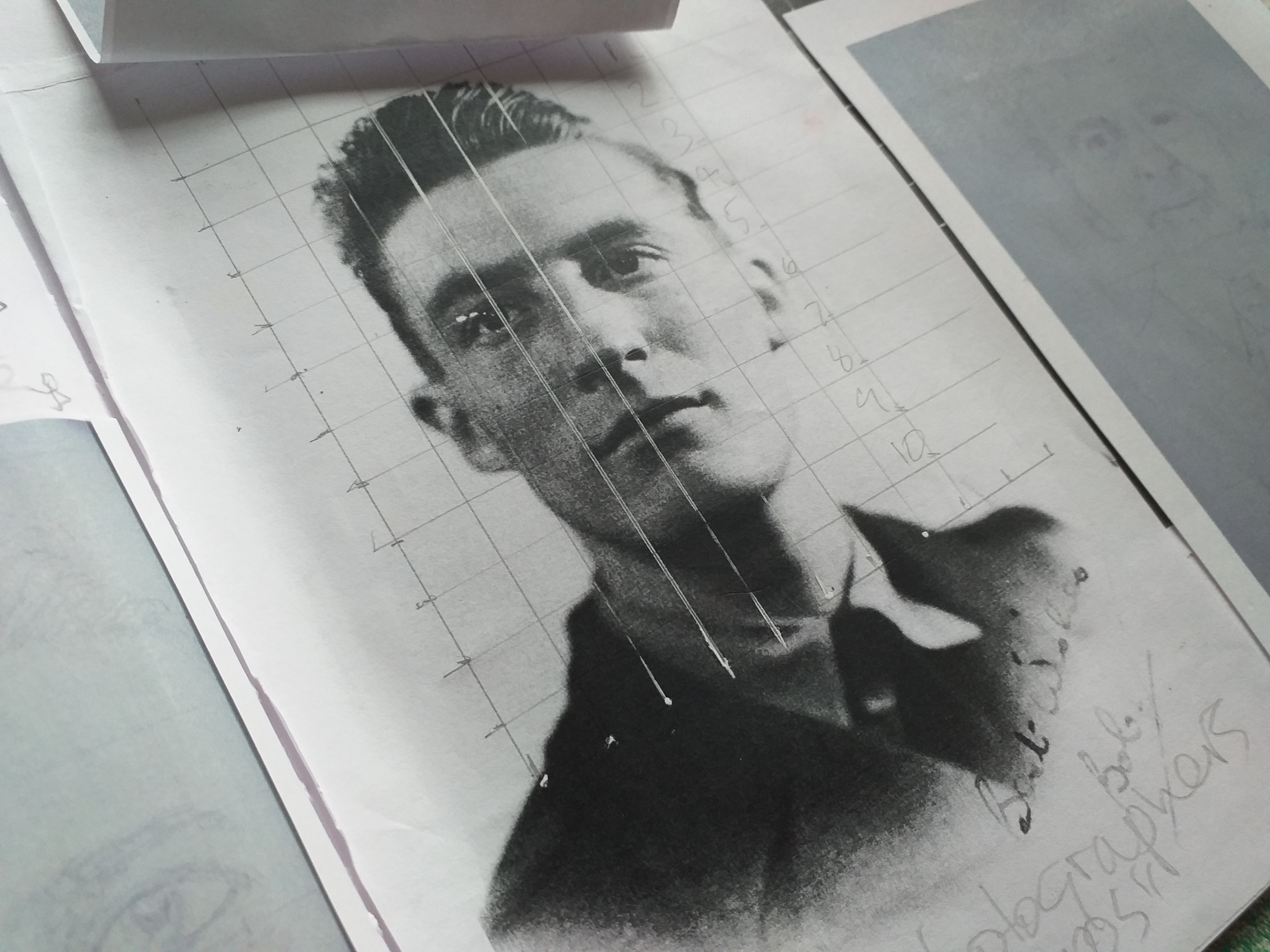I feel that these have been successful in achieving a liminal effect using the layering and rubbing away palimpsest idea – representing the boundary between life and death. It has been a very time consuming process with a lot of decisions to be made about exact levels of opacity after the pixel level image editing. PT has given helpful support and little nudges in the right directions… particularly about font choice, colour etc and, finally in a discussion about the paper stock to use for printing.
Final Workshop: Photoshop 4th-5th October
I prepared a set of image files to take into workshop, material that I have decided to experiment with for my book. Since, last post, my ideas have been taking a more tangible form in my mind so I went into workshop armed with the deed scans, some images of elder flowers and berries, my poem script and some pictures of the landscape at home. The first few workshop activities were within my familiarity with Photoshop (I have used it for several years now) but I followed them through at the beginning just to find my way around the Mac environment and the CS6 version mounted there …. mine being a humble CS3 on Windows at home!
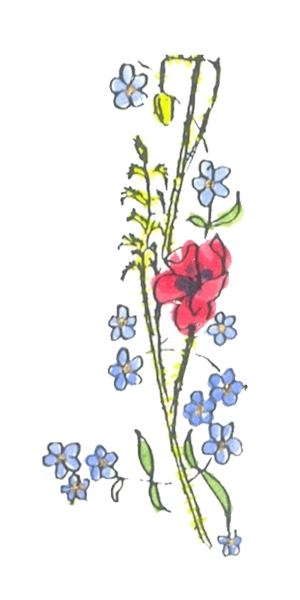
These pictures reference the themes I am including in my book. They include pictures of the landscape at mine, elders that I have grown, and a beautiful picture my husband took of the outflow of the waterfall at the bottom of our property, where it flows over the limestone. It is his favourite place. Also here is the illustration my Dad made to illustrate the poppies and blue flowers prose poem he wrote. My intention is to manipulate these images – going back to the palimpsest idea from early research to combine them with layers of text from my poem, the deed prints and text that my husband used in our orders of service when we got married – a medieval courtly love poem called The Iam Dulcis.
Workshop: Print Making 27th-28th September contd.
Yesterday, the discovery of collagraph printing – wow. Today, continuing to carve plates at home – portraits to include in my ars moriendi book I hope.
I have selected a group of photographs to work from. My paternal grandmother, my maternal grandparents, my father, husband and daughter. (The loved ones who will feature in my book.) It has been interesting to note the different poses and photographic intentions across the pictures. My maternal grand-mother’s is very formal but beautiful, taken in the mid 1920s (possibly for her 21st?) My Father is extremely formally posed in his air-force uniform c. 1948 and most certainly reflected, with gravitas, through the poignant lens of the regimental photographer – that uncomfortable feeling that this may be the last photo to be taken ….. the one that remains…! My grand-parents pose stiffly but, smiling proudly in their best dress, being photographed at my parents’ wedding in the mid-50s but it is not as disciplined as the previous two. Finally, and contrasting by way of not being professionally shot, a lovely, relaxed, smiling picture of my husband an informal pose in the sense that I called to him and said ‘smile’ and a gorgeous ‘snap’ entirely un-posed, of my daughter enjoying the hilarity of watching her girlfriend trying to learn how to spin plates (in a breeze) at a music festival. My intention, in using this range of pictures, is to reflect ‘passage of time’ and ‘moments captured’ on a genealogical time line that echoes (in human terms) the passage of time in the landscape and biologically, – referenced by the old deeds I am using and the elder tree (I grew and planted) that is a theme for my poem.
The process of cutting the plates is slow but extremely enjoyable – I like the clean, meticulous, methodical activity of it just as a complete contrast to (the equally enjoyable and delightfully messy) freer work we did the other day with mono prints. The plates are things of beauty in themselves. It’s almost a shame to ink them.



